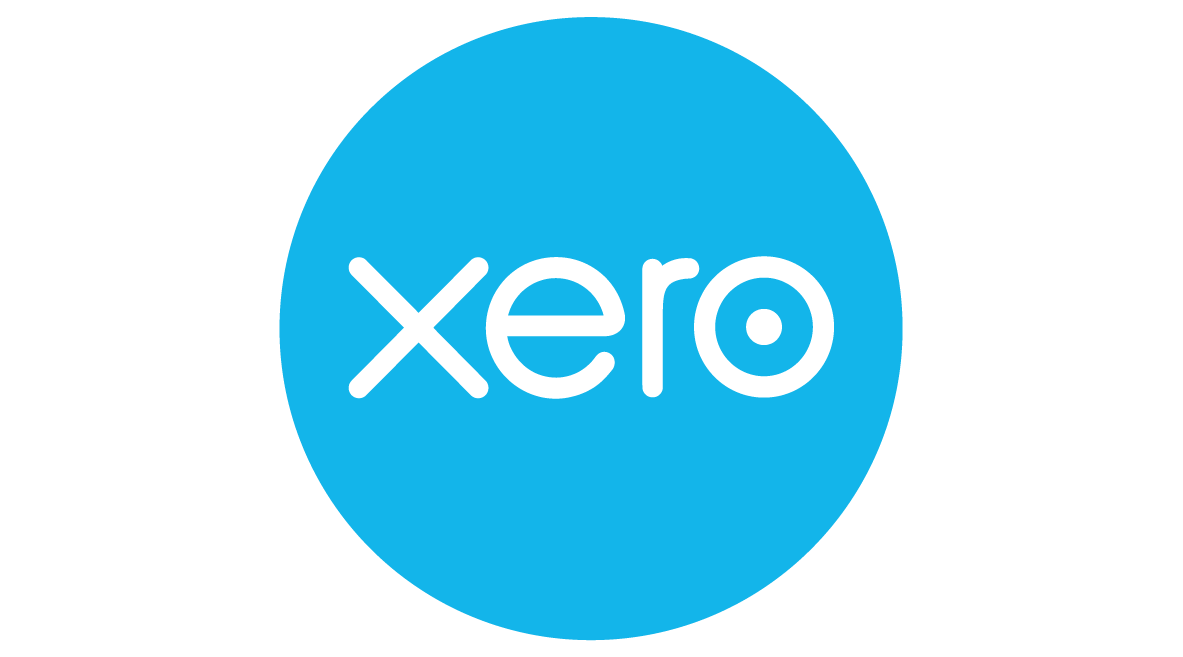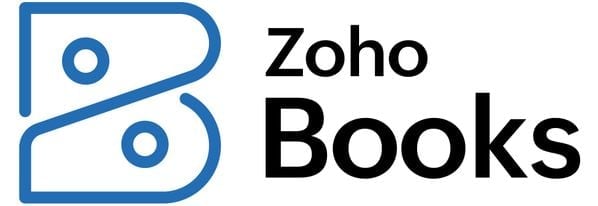Burn Rate: Definition, Formula, How to Calculate
Knowing the burn rate for your company can help you prevent potential headwinds and discover margin opportunities.

Many, or all, of the products featured on this page are from our advertising partners who compensate us when you take certain actions on our website or click to take an action on their website. However, this does not influence our evaluations. Our opinions are our own. Here is a list of our partners and here's how we make money.
Burn rate is one of the most important metrics you can know for your business. Unfortunately, many small business owners don’t understand what burn rate is or how to calculate it. Burn rate isn’t a metric your accounting software will calculate for you directly; but by using your financial statements, you can calculate it easily.
In this article, we’ll take a closer look at burn rate, discuss why it’s essential and show you exactly how to calculate this vital metric. We’ll also discuss how burn rate ties into another important metric in your business: cash runway.
What is burn rate?
Burn rate is the amount of money your business needs in a certain period—usually a month—to cover all expenses. In other words, burn rate tells you how quickly your business “burns through” capital.
Typically, burn rate calculates how quickly a company will go through its startup capital before becoming cash flow positive. However, all businesses—regardless of their stage in the business life cycle—can benefit from knowing their burn rates.
Why is burn rate important?
Investors look for low burn rates when new businesses seek startup capital because a low rate indicates the investors’ investment dollars will go further. New companies with a low burn rate are more likely to gain traction and become profitable, thus yielding a return on any investments made in the business.
The metric is also essential for well-established businesses. The lower your business’s burn rate, the more likely your business will survive low-revenue quarters. A low burn rate is an indicator of a strong cash position and a strong cash position is a vital indicator of a business’s health. A company can be profitable on paper and still fail due to a lack of cash. A low burn rate helps to ensure this doesn’t happen to your business.
Burn rate formula
There are several different ways to calculate burn rate, some more complicated than others. All methods tell you how quickly your business is using up its cash reserves, so let’s look at the most straightforward burn rate calculation:
(Starting Cash - Ending Cash) / Number of Months = Monthly Burn Rate
How to calculate burn rate
To calculate your burn rate, you’ll need the balance sheet for the period you’re assessing and a calculator. Next, follow these four steps:
Define the period you will be assessing (burn rate is a current metric, so you want to look at a recent period).
Find your cash balance for the beginning and end of that period by reviewing your balance sheet (don’t use your bank statement, as it will not include uncleared checks or deposits).
Subtract your ending cash balance from your beginning cash balance.
Divide the difference by the number of months you’re assessing.
Tip: Even though burn rate is usually calculated monthly, you want to look at more than the previous month’s financial data to get a more accurate calculation.
This will help you capture expenses and other outlays of cash that don’t occur monthly. It will also help make sure your calculations aren’t skewed by an extraordinarily good (or bad) sales month.
Now that you understand the process, let’s apply it to an example.
Burn rate example
Company X is reviewing the burn rate for early April, the first quarter of the year.
Company X’s cash balance on January 1, the first day of the quarter, is $160,000. Its cash balance on March 31, the last day of the quarter, is $100,000.
Starting Cash: $160,000
End Cash: $100,000
First, let’s subtract the ending cash balance from the beginning cash balance:
$160,000 – $100,000 = $60,000
Next, let’s divide the difference by the number of months you are assessing. In this example, that number is three:
$60,000 / 3 = $20,000
Company X’s burn rate is $20,000/month for the first quarter of the year.
Potential investors might prefer to use a different gross burn rate or net burn rate calculation, which only takes into account operating expenses. For the purposes of managing your small business, though, the calculation presented above will give you the information you need to help you manage your cash flow. It takes into account not only your operating expenses but also other cash outlays such as loan payments and owner’s draws.
Burn rate and cash runway
Your cash runway measures how long your cash will last at your current cash burn rate. The higher your cash runway—or the lower your burn rate—the more likely it is your business will survive.
Most small business owners don’t like to think about a scenario where their business might run out of cash, but this is a real possibility. Several things can cause your business to run out of cash:
Downturn in sales.
Upswing in expenses to promote growth without enough capital to back those expenses.
Slow collections.
These are just a few examples that can affect your business’s profitability. Therefore, understanding both your burn rate and cash runway will reveal how long your business can survive with the cash you have available.
Cash runway formula
To calculate how many months your business can operate on your existing cash reserves, use this cash runway formula:
Current Cash / Monthly Burn Rate = Cash Runway
Continuing with our earlier example with Company X:
$100,000 (ending cash for the 3-month period) / $20,000 (burn rate) = 5 (runway)
If all things remain equal in our example business—meaning if sales or collections don’t decrease and expenses or other cash outputs don’t increase—this business has enough cash to sustain it for five months.
How to improve your burn rate
There are several simple ways to decrease your business’s burn rate and improve your cash runway:
Increase revenue without increasing expenses. The easiest way to increase revenue without increasing expenses is to improve your gross profit margin. Analyze your pricing—many small business owners compete on price, when service, convenience, or some other factor might be the more significant value differentiator for your customers. There could be opportunities to increase your prices—even 1% to 3% could have a considerable impact on your margins while having a minimal effect on the price each customer pays. Any improvement to your gross profit margin will help you improve your business’s cash runway and lower your burn rate.
Decrease your expenses. Many small businesses have inefficiencies in their expenses. Start by analyzing the dues and subscriptions line item on your profit and loss statement. Are you paying for subscriptions you don’t use? Even if it’s only $5 to $10 a month, those unused subscriptions add up. Another area where many small businesses are inefficient is in advertising and marketing. Although you absolutely must invest in advertising and marketing in your business to ensure continued growth, you also must know if you are getting a return on these investments. If you don’t know what activities in advertising and marketing are generating revenue, you could be throwing away cash your business needs. Thoroughly analyze each line item on your profit and loss statement and eliminate expenses that aren’t necessary, don’t produce income and don’t improve your business’s efficiency or your customers’ experience.
Consider refinancing debt. Your cash runway is affected not only by your expenses but also by other cash expenditures. If your debt payments are high, refinancing that debt could help improve your cash runway. It’s best to refinance debt before you need to—don’t wait until you are already experiencing a cash flow crisis.
Use a cash management system to plan for positive cash flow proactively. Many small business owners think a low burn rate, high cash runway and positive cash flow are things that happen in the future if they are lucky and their business is profitable. You can proactively plan for all three of these things by using a cash management system that prioritizes savings and proactively plans for positive cash flow. The Profit First cash management system does this by helping you prioritize savings, leverage your existing money habits and keep your cash reserves out of sight and out of mind until you need them.
The bottom line
Calculating the burn rate in your business isn’t difficult. Although it can be uncomfortable to face the reality of a high burn rate (and a short cash runway), it is much better to know these metrics in your business and address them before they become a problem.
Any number of factors—many of them outside of your control—can lead to an unexpected downturn in revenue and cash flow in your business. When you address your burn rate and cash runway proactively, while things are going well in your business, you will be better able to weather any storms your business encounters.
This article originally appeared on Fundera, a subsidiary of NerdWallet.
| Product | Starting at | Promotion | Learn more |
|---|---|---|---|
 QuickBooks Online NerdWallet Rating Learn more on QuickBooks' website | $35/month Additional pricing tiers (per month): $65, $99, $235. | 50% off for first three months or free 30-day trial. | Learn more on QuickBooks' website |
 FreshBooks NerdWallet Rating Learn more on FreshBooks' website | $21/month Additional pricing tiers (per month): $38, $65, custom. | 70% off for 4 months. 30-Day Money Back Guarantee. | Learn more on FreshBooks' website |
 Xero NerdWallet Rating Learn more on Xero's website | $20/month Additional pricing tiers (per month): $47, $80. | 90% off for 6 months. | Learn more on Xero's website |
 Zoho Books NerdWallet Rating Learn more on Zoho Books' website | $0 Additional pricing tiers (per month): $20, $50, $70, $150, $275. | 14-day free trial of the Premium plan. | Learn more on Zoho Books' website |

